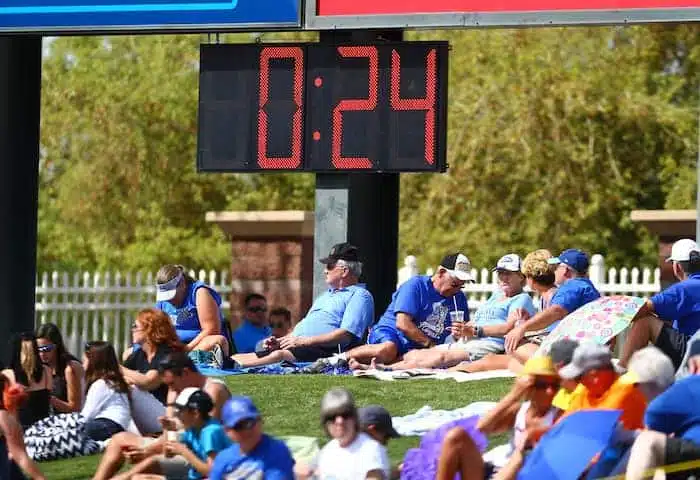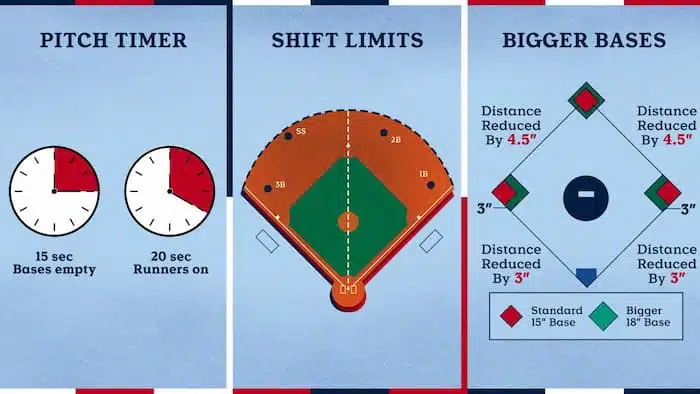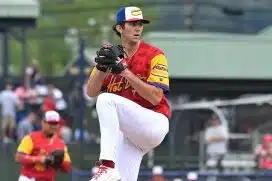
Believe it or not, Philadelphia Phillies pitchers and catchers report on Thursday, February 16. While all of Philadelphia is celebrating at the ******, the Fightin’s will be in Clearwater, FL getting ready to make a run at another NL Pennant and World Series berth.
Greeting the 2023 Philadelphia Phillies will be a new set of rules that will affect how the game is played. Here’s a look at what’s in store for 2023 and beyond.

Pitch Clock
Pitchers will now have 30-seconds between batters to throw a pitch and additional time constraints in between pitches, either 15-seconds or 20-seconds depending on baserunners. Pitchers who fail to begin their pitching motion at the 30-second mark (between batters) or the 15-second mark (no baserunners)/20-second mark (baserunners) will be charged an automatic ball.
Pitchers will also only be allowed two “disengagements,” MLB’s fancy term for pick off or step-off, per plate appearance with a runner on first base. A pickoff or step-off restarts the pitcher’s clock.
Batters are not immune from the pitch clock, they must be in the box ready to hit by the :08-mark or else they will be charged a strike.
MLB TV partners MLB believes the “pitch clock” rules will increase the speed of play and create a “crisper” game experience. Minor League games, the experimental playground for the rule changes, were reduced by 25-minutes a game from 2021 to 2022.
Shift Restrictions
Somewhere Ryan Howard is asking what could’ve been! Gone are the days of 16-infielders on one side of the diamond to rob a hit. The new shift restriction rule states a defensive team must have a minimum of four players on the infield, with at least two on either side of second base.
MLB believes the shift restriction will create more hits and lead to more athletic defensive plays. There is no penalty for an “illegal formation” however play will not begin until the defense is properly aligned.
Bigger Bases
First, second, and third base are now beer league softball sized bases! The bases have increased from 15-inches on all sides to 18-inches on all sides. MLB’s “main” reasoning for increasing the base size is to prevent collision injuries. But increasing the base size is also designed to increase stolen bases and bang-bang plays, according to the league.
The new rules go into effect immediately with no grace period from umpires during Spring Training. The rules will be used in all affiliated baseball in North America, including during the postseason. The rules will not be implemented during the upcoming 2023 World Baseball Classic in March.







